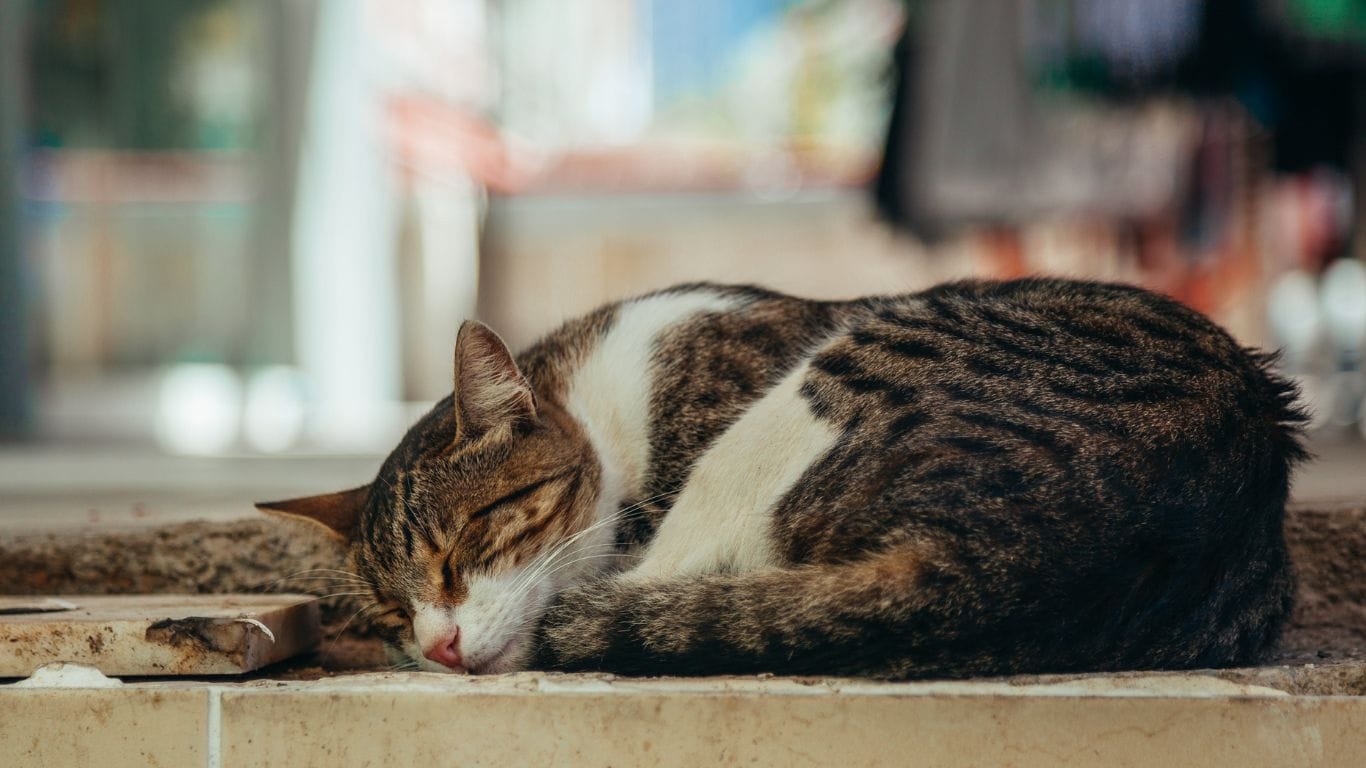Be Prepared No Matter The Disaster
Disasters come in many forms — some may require only a brief absence from your home, but others may result in a long term or even permanent evacuation. Each type of disaster requires different measures to keep your cats safe, so the best thing you can do for your pets is be prepared in advance. If you’re looking for information on how best to prepare your cats for a potential disaster, feel free to call us at (805) 683-3368, or use SBCAS’ Disaster Hotline* at (805) 681-4332 during normal, regular business hours.
Here are some simple steps courtesy of the ASPCA to make sure you’re ready before the next disaster strikes:
Step 1: Get a Rescue Alert Sticker
This easy-to-use sticker will let people know that pets are inside your home and place on a window. You can order stickers from ASPCA or contact your local animal shelter for one.
Step 2: Arrange a Safe Haven
Arrange a safe haven for your pets in the event of evacuation. DO NOT LEAVE YOUR PETS BEHIND.
Step 3: Choose “Designated Caregivers”
This step will take considerable time and thought. When choosing a temporary caregiver, consider someone who lives close to your residence.
Step 4: Prepare Emergency Supplies and Traveling Kits
If you must evacuate your home in a crisis, plan for the worst-case scenario. Even if you think you may be gone for only a day, assume that you may not be allowed to return for several weeks.
Other Considerations
Geographic Considerations
If you live in an area that is prone to certain natural disasters, such as tornadoes, earthquakes or floods, you should plan accordingly and always evacuate early.
Special Considerations for Horses
Keep a clean and tidy stable and pasture. Remove hazardous and flammable materials, debris, and machinery from around the barn’s walkways, entrances, and exits. Regularly maintain and inspect barn floors and septic tanks. Inspect your grounds regularly and remove dangerous debris in the pasture.
Special Considerations for Birds
Birds should be transported in a secure travel cage or carrier.
Special Considerations for Reptiles
A snake may be transported in a pillowcase, but you should have permanent and secure housing for him when you reach a safe place.
Take a sturdy bowl that is large for your pet to soak in. It’s also a good idea to bring along a heating pad or other warming device, such as a hot water bottle.
Lizards should be transported in a secure travel cage or carrier.
Special Considerations for Small Animals
Small animals, such as hamsters, gerbils, mice, and guinea pigs, should be transported in secure carriers with bedding materials, food, and food bowls.
For human-related Disaster Preparedness, please visit ReadySBC.org
*Please note that during an active disaster, the SBCAS Disaster Hotline will remain open for evacuation assistance only.

